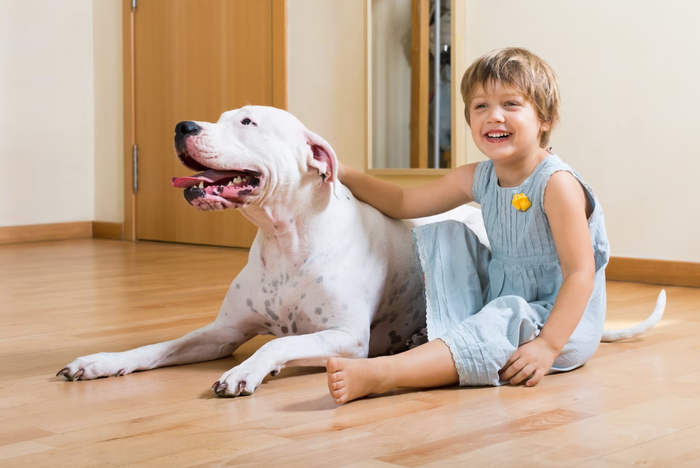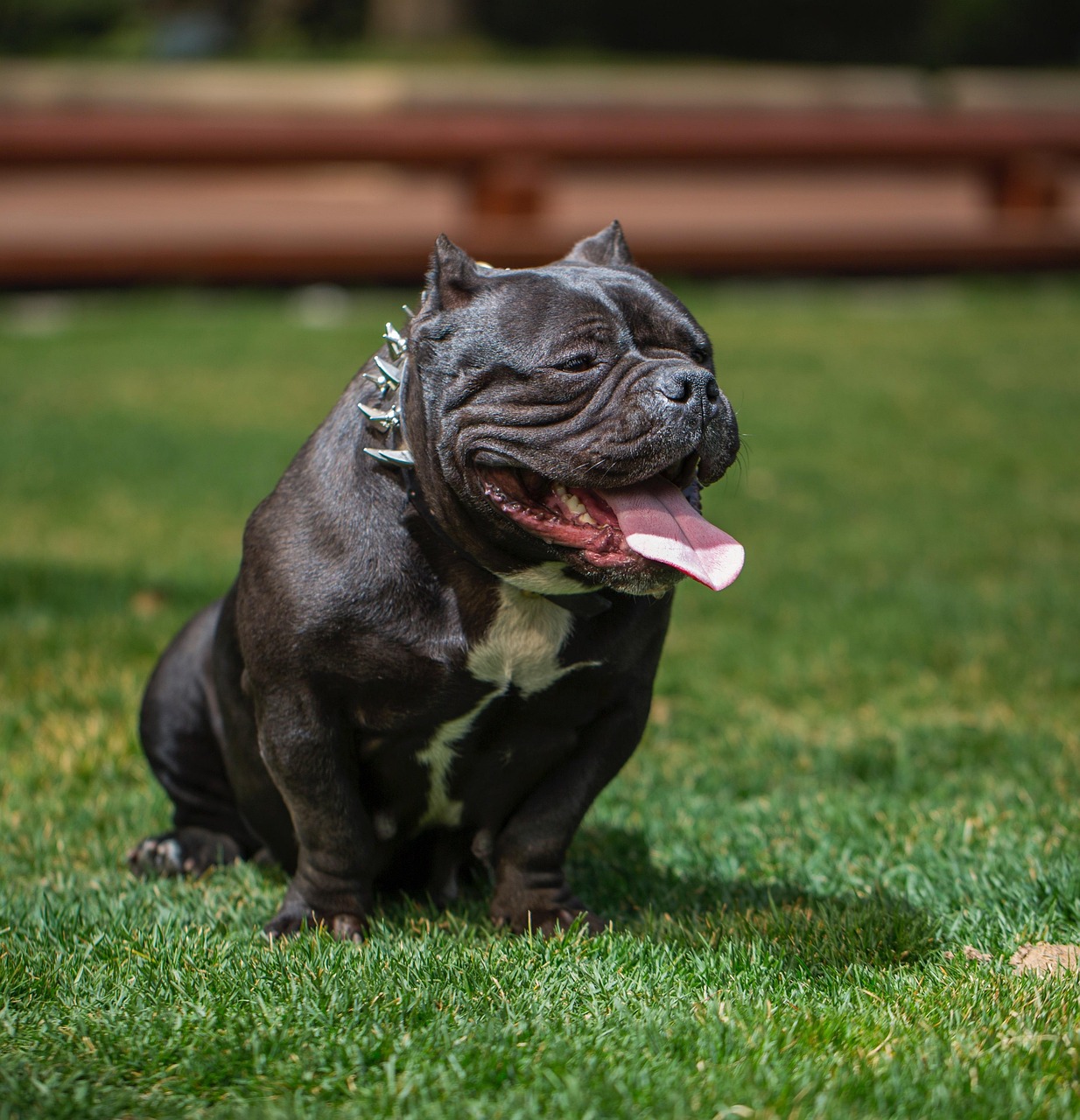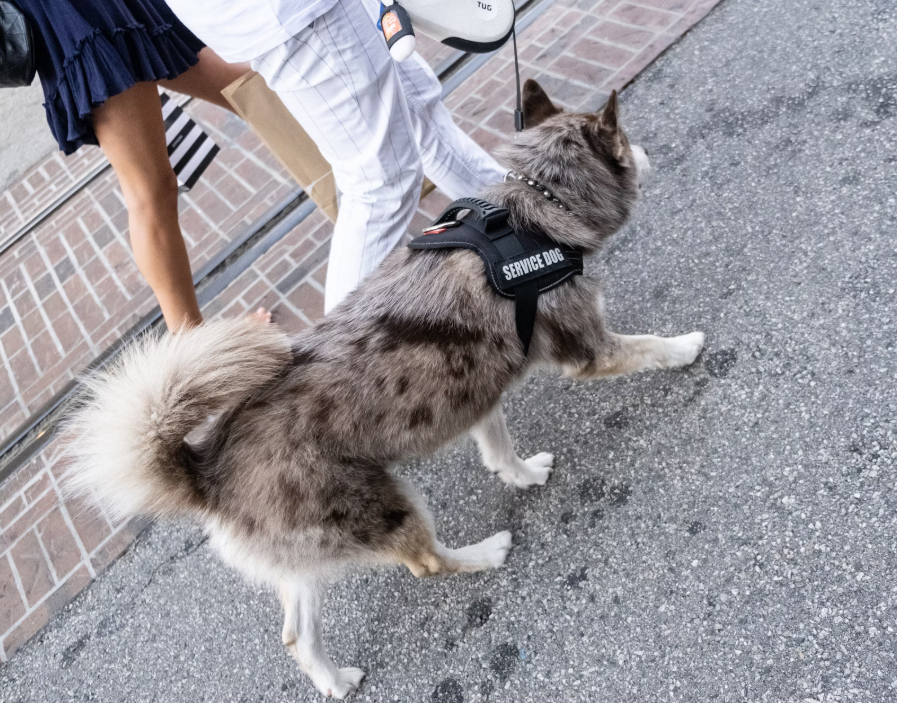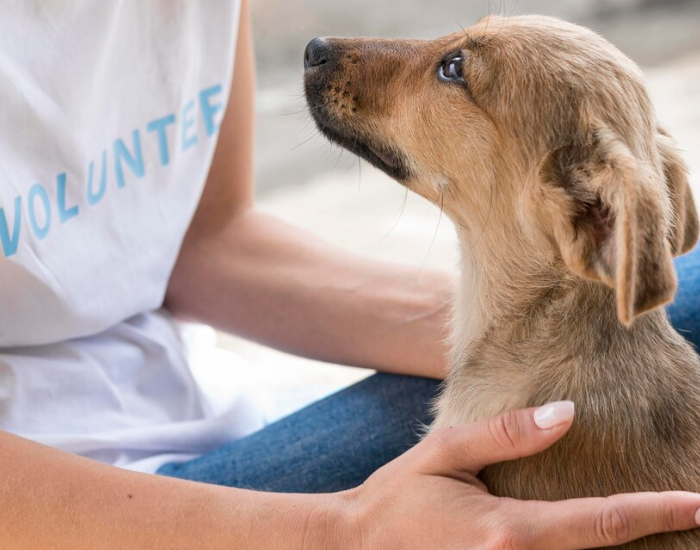Attention Deficit Hyperactivity Disorder (ADHD) is a neurodevelopmental condition that affects many children, causing difficulties in attention, impulsivity, and hyperactivity. Service dogs can play a crucial role in supporting children with ADHD by providing emotional support, aiding with daily tasks, and helping them maintain focus.
In this blog post, we will take a closer look at the benefits that a service dog can bring for a child with ADHD, how to train a service dog, and what factors to consider prior to choosing one.
1. Selecting the Right Breed and Temperament
The first step in training a service dog for children with ADHD is selecting the right breed and temperament. The ideal service dog should be intelligent, calm, and patient. Some breeds that excel in these traits include Labrador Retrievers, Golden Retrievers, Poodles, and Border Collies. Small dog breeds like the Maltese, the Cocker Spaniel, and the Beagle can also become excellent service dogs for children with ADHD.
It is important that you do research and get familiar with the characteristics of the breed you are considering getting, such as personality, social skills, trainability, energy level, shedding level, barking, and need for mental and physical stimulation. In this case, it is crucial that you opt for a breed, that gets along with children. Some dogs are not very tolerant of rough handling or may show a tendency to herd your child, so keep that in mind.
Dog breeds with very low energy levels may also not be the best choice for you.
However, it's important to remember that every dog is an individual, and temperament can vary within breeds. This is why we would recommend that you do quick puppy testing, prior to choosing your future service dog. Pups who are too anxious, or aggressive, may not be the right for you.

2. Socialization and Basic Obedience Training
Before focusing on tasks specific to ADHD support, your service dog should go through socialization and basic obedience training. Expose the dog to a variety of environments, other animals, and people, to ensure they are comfortable and confident in diverse situations.
Basic obedience training should include commands such as "sit," "stay," "come," and "heel." You can, of course, teach your future service in extended basic obedience, based on your child’s needs and the dog’s personality.
It is important that the dog is very well-mannered and calm prior to being trained in advanced tasks. Training should be conducted step by step and always start in an environment free of distractions such as a quiet area at home. Distractions should be added gradually depending on how the dog responds to the given commands.
3. Task-Specific Training for ADHD Support
Once your dog has a strong foundation in basic obedience and socialization, you can begin training them for tasks specific to ADHD support. Some essential tasks that a service dog can perform for the benefit of a child with ADHD include:
- Deep pressure therapy: Train your dog to apply gentle pressure by laying on the child's lap or chest. This can help alleviate anxiety and provide a calming effect.
- Interrupting repetitive behaviors: If the child engages in repetitive or harmful behaviors, you can train the dog to gently nudge or paw at them to redirect their attention.
- Assisting with the organization: Teach your dog to bring specific items to the child like a backpack or shoes to help establish routines and organization.
- Encouraging focus: Train your dog to place their head on the child's lap or maintain eye contact to provide a focal point during homework or other activities requiring concentration.
-Locating the child: Some dogs are trained to locate a child with ADHD, in case the child wanders off;
-Sensing ADHD: Dogs are known for their great sense of smell, which helps them navigate their surroundings. Long-muzzled dogs are preferred as service dogs for medical alert tasks. Alert tasks are mainly based on scent training, but a dog can also be trained to respond to certain verbal or non-verbal cues.

4. Strengthening the Bond Between a Child and a Service Dog
A strong bond between the child and its service dog is crucial for success. Encourage the child to participate in training sessions, groom the dog, walk them, and play with them. This will help build trust and familiarity.
On the other hand, this will also help the service dog become more attuned to the child's specific needs and behaviors.
5. Consistent Reinforcement and Continuous Training
Service dog training is an ongoing process, which requires the training progress to be maintained. It is essential that you continue practicing the tasks your dog has already learned and regularly reinforce the skills your dog has acquired. Depending on the child’s needs, you can also gradually introduce new tasks if needed.
Keep the training sessions short, engaging, and positive, and always encourage your dog to show the wanted behaviors. This will help ensure that your service dog will remain motivated and responsive to the child's needs.
Training a service dog to support children with ADHD requires time, patience, and dedication. However, all the work and effort will pay off, as the benefits service dogs provide for improving the quality of life of children with ADHD are immeasurable.
By following the steps outlined in this blog post, you can help create a strong, and supportive bond between your child and its service dog. By conducting training properly and working on building a loving relationship, a service dog can become an invaluable resource for children with ADHD and their families.














